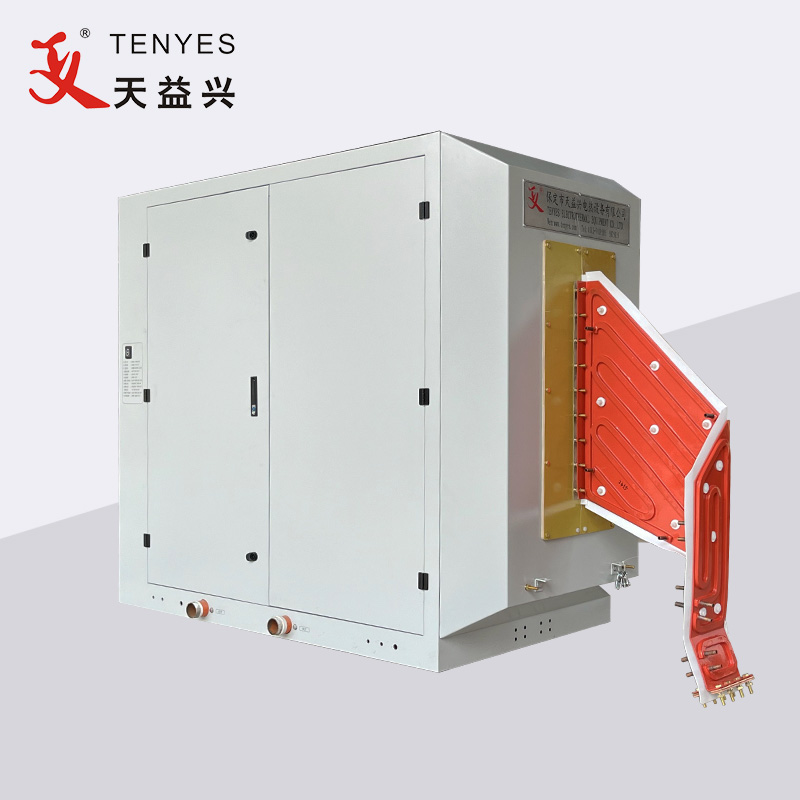Maximizing Efficiency with Solid State High Frequency Pipe Welders: Best Practices and Maintenance Tips
2024-07-13
Introduction
Solid State High Frequency (HF) Pipe Welders are essential tools in modern manufacturing, known for their efficiency and reliability. However, to maximize their benefits, it is crucial to implement best practices and maintain the equipment properly. This blog will provide insights into the best practices for using solid state HF pipe welders and offer maintenance tips to ensure optimal performance and longevity.
Best Practices for Using Solid State HF Pipe Welders
1. Proper Setup and Calibration
- Initial Setup: Ensure the welder is set up according to the manufacturer’s specifications. This includes proper alignment of the induction coil and the pipe.
- Calibration: Regularly calibrate the welding parameters, such as power output, frequency, and welding speed, to match the material and pipe size being welded.
2. Material Preparation
- Clean Surfaces: Clean the pipe surfaces thoroughly to remove any contaminants such as oil, grease, or rust. Clean surfaces ensure a strong, defect-free weld.
- Proper Fit-up: Ensure the pipe edges are properly prepared and fit together without gaps. This alignment is critical for a uniform weld.
3. Monitoring and Adjustments
- Real-Time Monitoring: Use real-time monitoring systems to track the welding process. Parameters like temperature, power output, and welding speed should be continuously monitored.
- Adjustments: Be prepared to make on-the-fly adjustments based on the real-time data to maintain weld quality.
4. Operator Training
- Skilled Operators: Ensure operators are well-trained and understand the nuances of HF welding. Skilled operators can quickly identify and address issues that may arise during the welding process.
- Safety Protocols: Train operators on safety protocols to prevent accidents and ensure a safe working environment.
Maintenance Tips for Solid State HF Pipe Welders
1. Regular Inspections
- Visual Checks: Conduct regular visual inspections of the equipment to identify any signs of wear or damage.
- Component Checks: Inspect critical components such as the induction coil, power supply, and cooling system for proper function.
2. Cleaning and Lubrication
- Cleaning: Keep the equipment clean, especially the induction coil and contact surfaces. Remove any debris or buildup that could interfere with the welding process.
- Lubrication: Lubricate moving parts as per the manufacturer’s recommendations to reduce friction and prevent wear.
3. Cooling System Maintenance
- Check Coolant Levels: Regularly check and maintain coolant levels to ensure the cooling system operates efficiently.
- Inspect for Leaks: Inspect the cooling system for leaks and address any issues immediately to prevent overheating.
4. Electrical System Maintenance
- Inspect Connections: Ensure all electrical connections are secure and free from corrosion.
- Check for Wear: Inspect cables and connectors for signs of wear or damage, and replace them as needed.
5. Software Updates
- Firmware Updates: Keep the welding system’s firmware updated to benefit from the latest features and improvements.
- Diagnostic Tools: Utilize built-in diagnostic tools to regularly check the system’s performance and identify potential issues early.
Conclusion
Maximizing the efficiency and longevity of Solid State High Frequency Pipe Welders requires adherence to best practices and diligent maintenance. By properly setting up and calibrating the equipment, preparing materials correctly, monitoring the welding process, and ensuring operator training, manufacturers can achieve high-quality welds consistently. Regular maintenance, including inspections, cleaning, lubrication, and software updates, will help prevent downtime and extend the lifespan of the equipment. Embracing these practices will ensure that solid state HF pipe welders continue to deliver their renowned efficiency and reliability in industrial applications.



